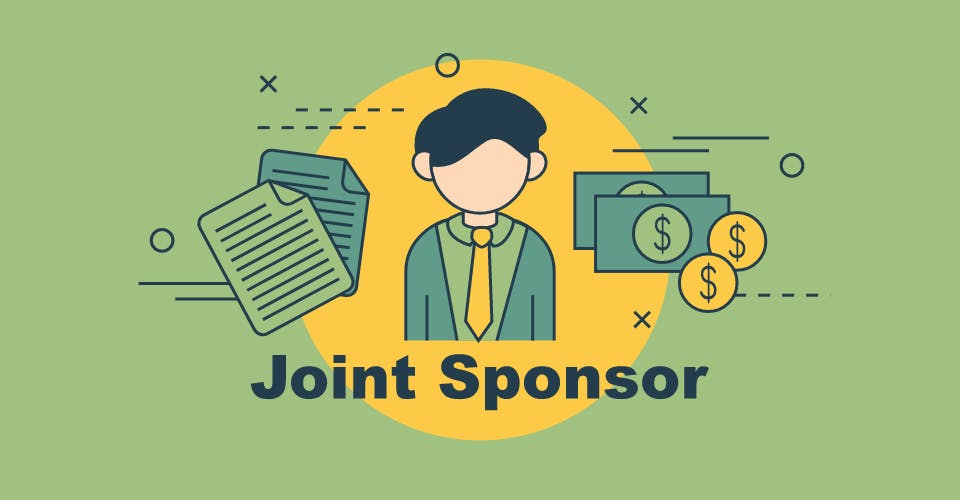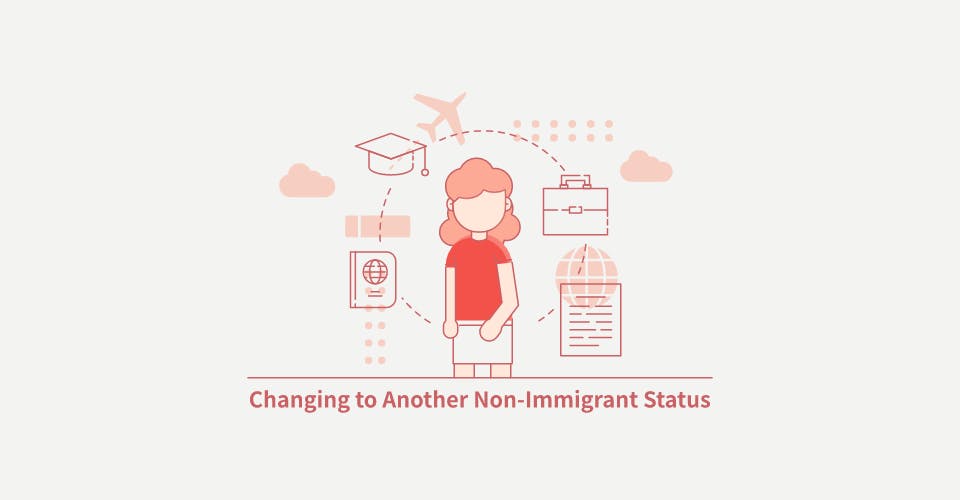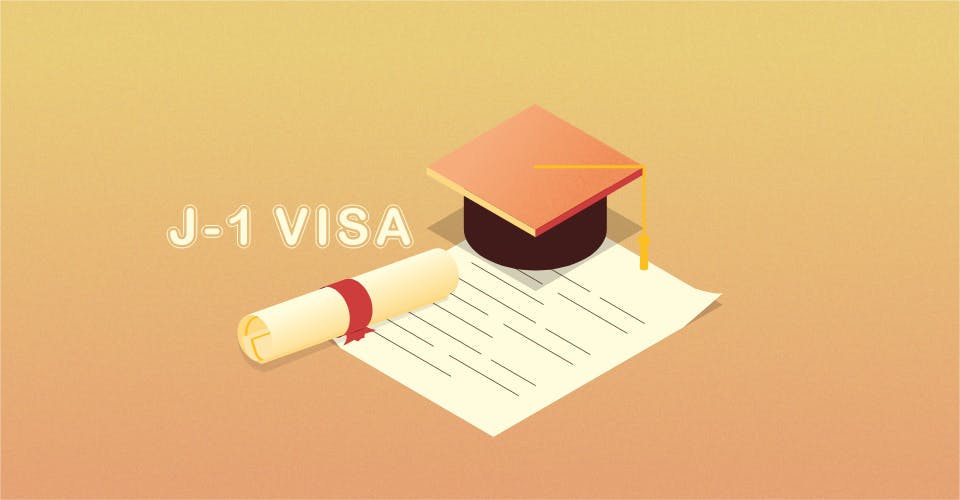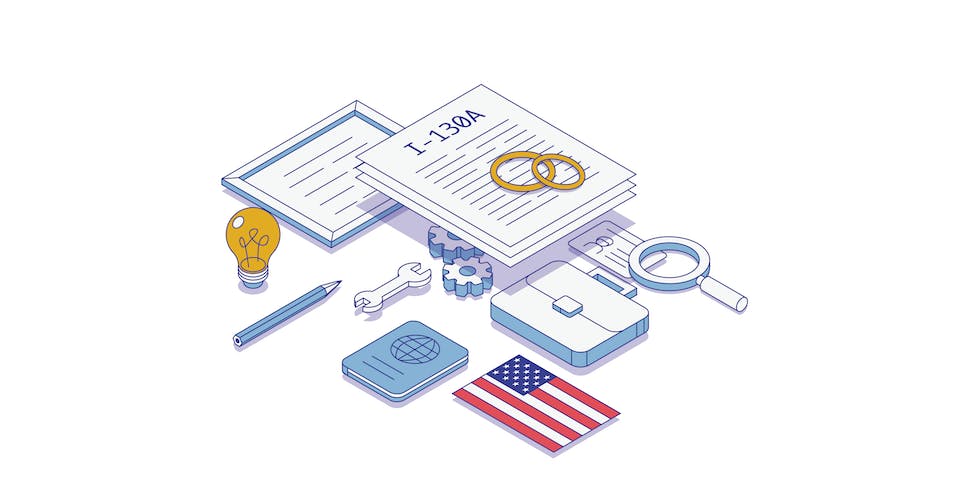For those who apply for a green card in the United States, there are principally two ways of doing so. In one case, you can have an employer file a petition on your behalf to show that you have an existing job offer with a U.S.-based company. The other way is to have a close family relative (a preference family member) petition on your behalf by filing an I-130. If you are trying to receive a green card this way, there is a good chance that you will also need a financial sponsor. In other words, employment-based visa applicants do not need an Affidavit of Support because they can show that their job will support them financially. But for family-based immigration this form is essential.
Who can you choose for support?
Green card applicants cannot simply choose any American friend to be their financial sponsor, and the immigration system largely operates so that the individual who petitioned on behalf of the intending immigrant is the financial sponsor. For example, many marriage green card applicants simply have their U.S.-based spouse be their financial sponsor—they will be sharing resources and living together anyways.
In order to be a sponsor and sign the I-864 Affidavit of Support, the financial sponsor needs to be employed (have an income), and they generally need to meet the condition of being 100 percent, or 125 percent (depending on the reviewing officer) above the federal poverty guideline per household size. This means everyone living in the sponsor's household as well as the primary immigrant and his or her children if they are immigrating at the same time. In other words, the family household size must include the marital couple and the children that will all be living together in one house.
When a Joint Sponsor is Needed
Depending on the household size, some financial sponsors might run into trouble. For example, they might initially believe that they are way above the federal poverty guideline, except they forget to factor in their immigrant spouse's child who will be increasing the household size +1, and therefore putting the sponsor into another category where they need to meet a new income threshold. At this point, if the initial sponsor needs more assistance, they should look for a joint sponsor so they have a better chance of getting their beneficiaries green cards accepted.
The good news is that in order to be a joint sponsor, you only need the following eligibility requirements:
- Be at least 18 years of age
- Be a U.S. citizen or green card holder (legal resident)
- Currently, at the time of filing I-864A, living in the U.S.
- Be a friend or family member of the intending immigrant
As mentioned, joint sponsors don’t need to be directly related to the immigrant who is seeking a green card, which means that finding a joint sponsor might not be as difficult as imagined. The difficult part is that if a joint sponsor agrees to being a financial sponsor, they are signing a contract between themselves and the U.S. government stating they are agreeing to support financially the intended immigrant so long as they are a legal resident in the U.S. That might be a big commitment to make for some.
The income requirements for the joint sponsor are the same as the initial:
- 125 percent of the federal poverty guideline per household size
- 100 percent if the joint sponsor is an active military officer (with sufficient documentation)
Overall, finding a joint sponsor might decrease the burden on the initial sponsor as some of the costs and finances that will be needed while the intending immigrant starts their lives in the U.S. is now shared by two people.
Here is the latest 2021 version of HHS Federal Poverty Guidelines per household size. You can find out if you qualify by multiplying 1.25 x (Household Size Dollar Value):
- $12,880 for a household size of 1
- $17,420 for a household size of 2
- $21,960 for a household size of 3
- $26,500 for a household size of 4
- $31,040 for a household size of 5
- $35,580 for a household size of 6














